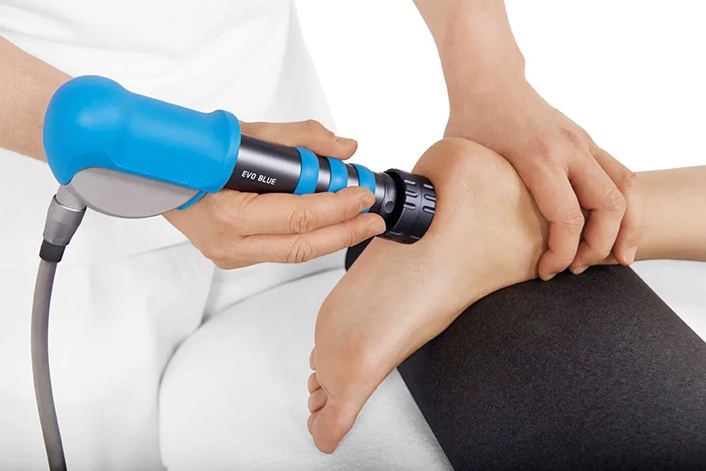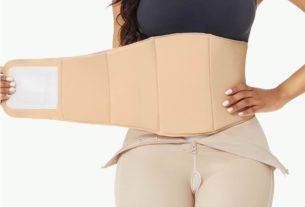Shockwave therapy sessions and resting periods allow the body’s natural mechanisms to activate. Medical research indicates that 24-48 hours of minimal physical activity maximizes the effects of each session. This resting phase initiates cellular responses within the treated areas, promoting gradual tissue improvements. Athletes and active individuals need these designated breaks between treatments to achieve optimal outcomes.
Nutrition support guidelines
The right nutritional intake supports recovery phases after treatments. Foods rich in proteins, antioxidants, and essential minerals strengthen the body’s response to therapy. A balanced diet includes lean proteins, colourful vegetables, and healthy fats. These nutrients work together to support blood circulation and tissue health. Mediterranean-style eating patterns particularly complement the healing process with their anti-inflammatory properties.
Exercise modification plans
Moderate exercise modifications help maintain overall fitness while supporting recovery. Walking, swimming, and light stretching keep the body active without disrupting the healing process. The Shockwave for ED Madison team recommends gentle movement that maintains cardiovascular health without strain. These activities promote blood circulation without overtaxing the body during treatment phases.
Hydration requirements
Proper hydration levels play an essential part in recovery optimization. Water intake helps transport nutrients, remove metabolic waste, and support cellular function. A daily intake of eight to ten glasses of water is necessary to maintain optimal hydration status. This consistent fluid intake supports the body’s natural healing mechanisms and improves treatment results.
Sleep optimization techniques
Quality sleep creates the foundation for effective recovery periods. Seven to nine hours of uninterrupted rest gives the body time to heal and regenerate. Creating a regular sleep schedule establishes healthy patterns that support healing. Cool, dark sleeping environments promote deeper rest cycles necessary for recovery.
- Temperature regulation methods
- Stress reduction practices
- Regular sleep-wake cycles
- Comfortable sleeping position adjustments
Stress management protocols
Mental relaxation techniques positively impact physical recovery processes. Deep breathing exercises, meditation, and gentle yoga reduce stress hormones that might interfere with healing. These practices create a balanced mental state that supports the body’s natural recovery mechanisms. The reduction of mental tension allows for better physical healing responses.
Shockwave for ED Madison protocols emphasizes individualized recovery techniques that match each person’s lifestyle. The combination of proper rest, nutrition, and stress management optimizes treatment outcomes. Regular assessment of recovery responses helps refine and adjust protocols as needed.
Supplement evaluation
Natural supplements support the body’s healing processes when chosen carefully. Essential nutrients like vitamin D, zinc, and magnesium play important roles in recovery. These elements support cellular repair and regeneration processes. Professional guidance ensures appropriate supplement selection and dosing.
Treatment response monitoring
Regular assessment of healing responses guides recovery modifications. Physical signs of improvement indicate effective recovery practices. These observations help adjust recovery protocols for better results. Consistent monitoring ensures optimal healing progression throughout treatment phases.
Environmental factors
Creating supportive recovery environments improves treatment outcomes. Comfortable temperatures, proper humidity levels, and clean air quality matter. These elements work together to support natural healing processes. The right environment reduces stress on the body during recovery periods.
Proper recovery tools support healing between treatment sessions. Compression garments, cooling packs, and support devices play specific roles. These items complement natural healing processes when used correctly. The right equipment provides additional support during the recovery phases.





